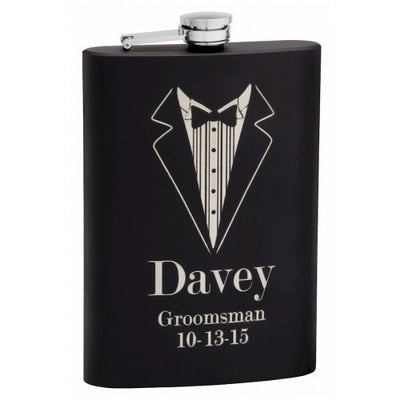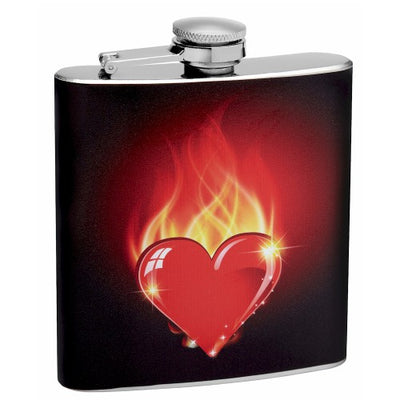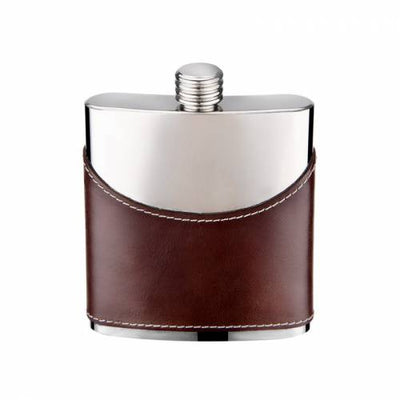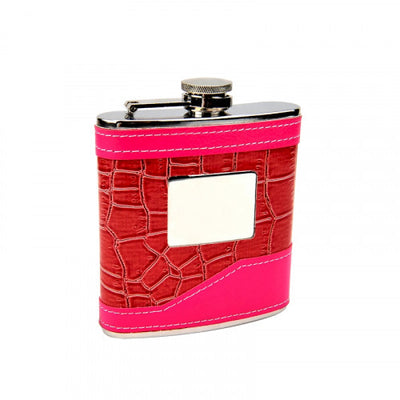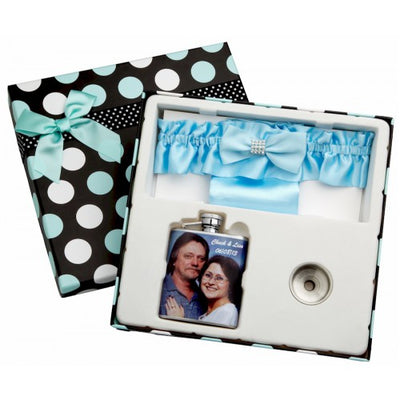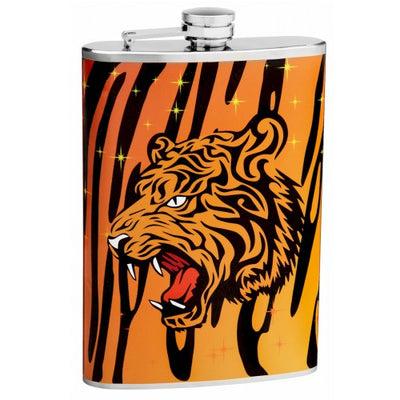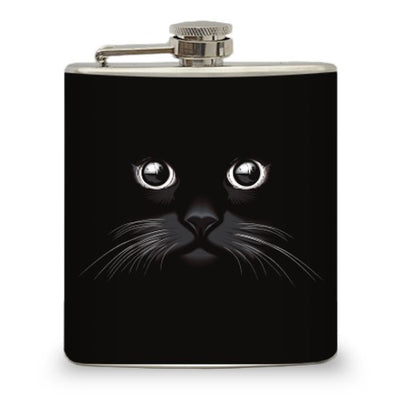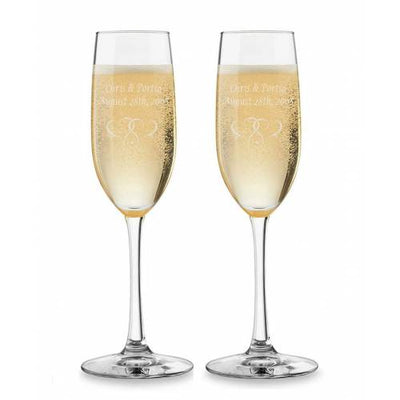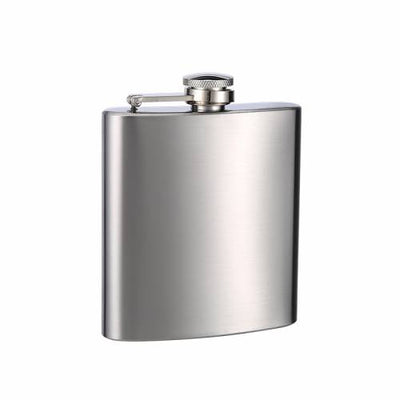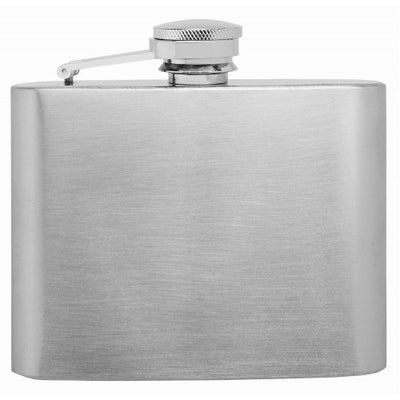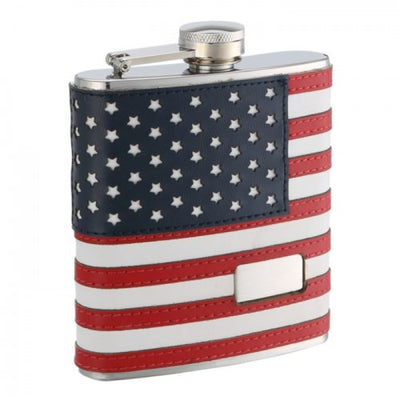The Lowdown on Brandy
[caption id="attachment_1092" align="alignright" width="300"]
 Photo Credit: Sami Keinänen[/caption]
Photo Credit: Sami Keinänen[/caption]Brandy starts out as wine, which gets distilled. The term "brandy" is derived from the Dutch word "brandewijn", which means “burnt wine." Brandy is usually an after dinner drink, and usually ranges somewhere between 35 and 60% alcohol by volume. Some brandies are made with caramel coloring, and some are aged in big wooden casks, and some employ both methods.
Sometimes other fruits besides grapes are fermented to make brandies, but these differ from traditional brandy, and in French they are called eaux-de-vie. Brandy is sometimes served "on the rocks" (over ice) and is usually served “neat,” which means at room temperature in a glass by itself. Brandy is usually enjoyed from a special glass called a Brandy Snifter. The unique shape of the glass allows the drinker to cup their hand under the glass and warm the brandy a bit with their body heat, which makes the drink more enjoyable.
The Science of Brandy - percents and barrels
Wine is usually boiled in a pot still, and the water and vapors of alcohol, as well as the aromatic properties rise and are caught in the condenser coil, where they are cooled and turned back into liquid. The alcohol and aromatic components vaporize at a lower temperature than does the water, so the distillate is usually of a much higher concentration of alcohol by volume. The wine only has about 8 to 12% ABV, and after the first distillation, the liquid will have about 30% ABV. Then it is distilled a second time, when it will become a distillate of about 70% ABV.
Cognac is usually made in a pot still, while most American brandies are made with fractional distillation in a column still. Some brandies are not aged at all, while others are aged in oak casks, and some have caramel coloring added to simulate the appearance of aging. In Spain, the brandy is aged with the solera system, which involves mixing various ages together, to obtain a desired result.
Check out the following video for a great breakdown on the process of making a tasty apple brandy at St. George Spirits!
What's your favorite time of day to drink brandy? What's your all-time favorite bottle? Let us know!


